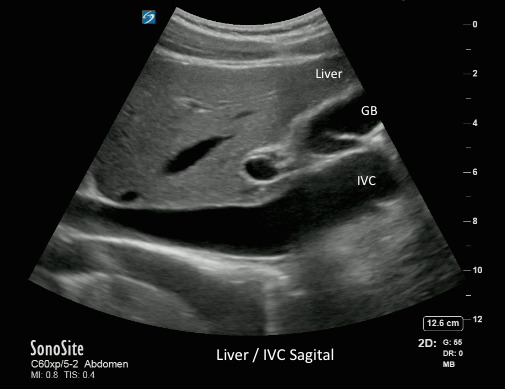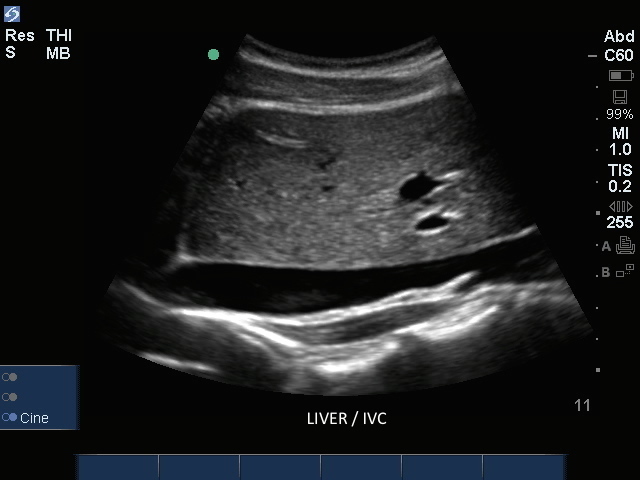Fetal Heart
Fetal Heart

/sites/default/files/201408_IMAGE_EDGE_FETAL_HEART.jpg
Clinical Specialties
Media Library Type
Media Library Tag
Compatible Products
Sonosite Edge



